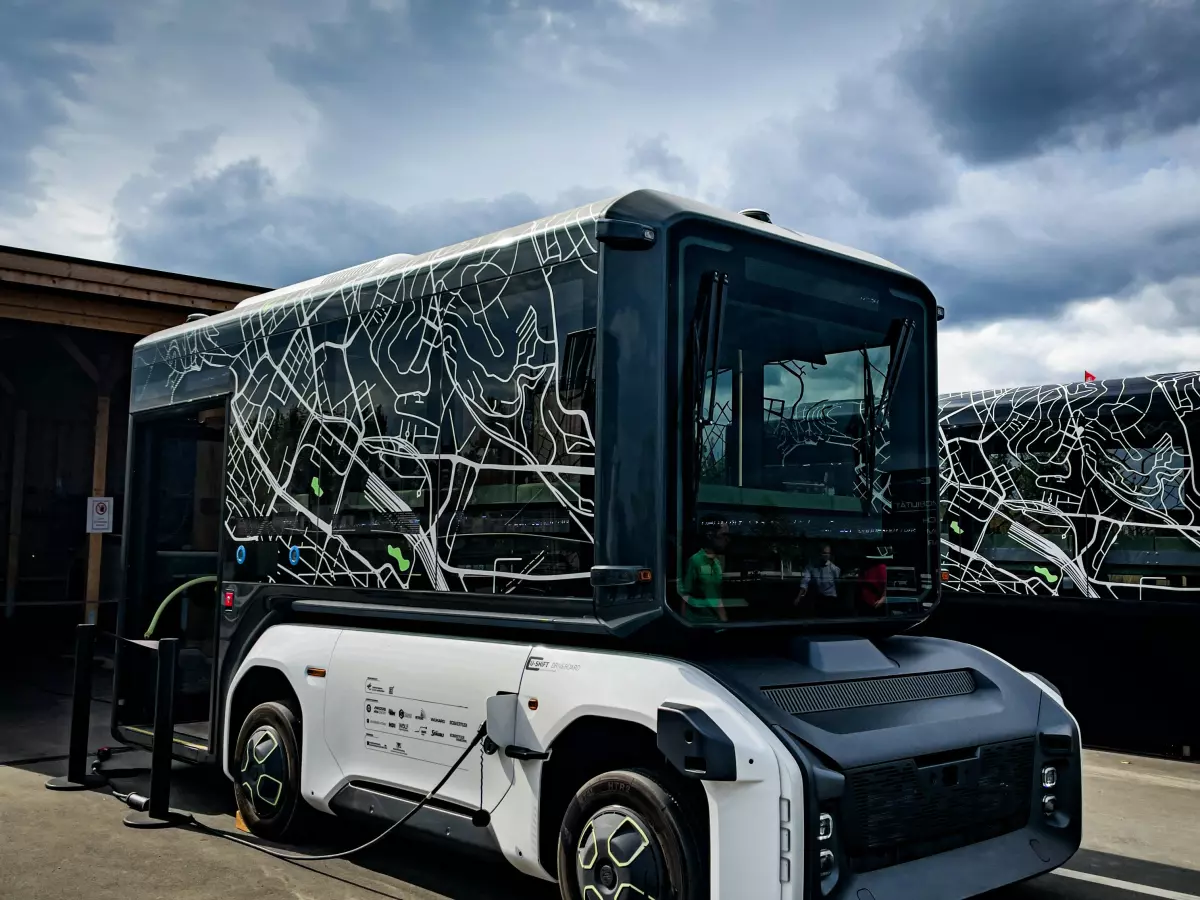Tech Meets Renewable Energy
Picture this: a sprawling solar farm shimmering under the sun, its panels soaking up rays like a tech-savvy sunflower. Nearby, wind turbines spin gracefully, their blades slicing through the air with a quiet hum of progress. But here’s the kicker—these aren’t just energy companies running the show. Tech giants are stepping into the renewable energy arena, and they’re not just dipping their toes; they’re diving in headfirst.

By Jason Patel
Why, you ask? Because renewable energy isn’t just about saving the planet anymore—it’s big business. And tech companies, with their insatiable appetite for innovation, are uniquely positioned to disrupt this space. From AI-driven energy grids to blockchain-based carbon credit tracking, the tech world is reshaping how we think about and use renewable energy. Let’s break it down.
The Renewable Energy Gold Rush
First, let’s talk numbers. The renewable energy market is projected to hit a staggering $2 trillion by 2030. That’s not just a pie; it’s a buffet, and tech companies are hungry. Companies like Google, Microsoft, and Tesla are investing heavily in renewable energy projects, not just to power their operations but to create entirely new revenue streams. For instance, Google’s AI-powered energy management systems are already optimizing solar and wind farms, making them more efficient and profitable.
And it’s not just the big players. Startups are sprouting like weeds in this fertile ground. Companies like Amply Power are focusing on electric vehicle (EV) charging infrastructure, while others are developing software to predict energy demand and supply more accurately. The result? A tech-driven ecosystem that’s as diverse as it is innovative.
Tech’s Secret Weapon: Data
Here’s where it gets interesting. Renewable energy is inherently unpredictable—solar panels don’t work at night, and wind turbines need, well, wind. But tech companies are leveraging data to solve these challenges. Using machine learning algorithms, they can predict weather patterns, optimize energy storage, and even automate energy distribution.
Take Microsoft’s Project Natick, for example. By placing data centers underwater, they’re not only reducing cooling costs but also exploring how to integrate these centers with offshore wind farms. It’s a win-win: cheaper operations and a smaller carbon footprint.
Blockchain: The Unsung Hero
Ah, blockchain—the buzzword that refuses to die. But in the renewable energy sector, it’s more than just hype. Blockchain technology is being used to create transparent, tamper-proof systems for tracking energy production and consumption. This is particularly useful for peer-to-peer energy trading, where homeowners with solar panels can sell excess energy to their neighbors.
Imagine a future where your smartphone app not only tracks your energy usage but also lets you buy and sell energy in real-time. That’s the kind of innovation tech companies are bringing to the table. IBM, for instance, is already working on blockchain solutions for energy grids, aiming to make them more efficient and less prone to fraud.
The ESG Factor
Let’s not forget the elephant in the room: environmental, social, and governance (ESG) criteria. Investors are increasingly looking at ESG metrics when deciding where to put their money, and tech companies know it. By investing in renewable energy, they’re not just boosting their ESG scores; they’re also appealing to a younger, more eco-conscious demographic.
Apple, for example, has committed to becoming carbon neutral across its entire supply chain by 2030. This isn’t just a PR move; it’s a strategic play to attract ESG-focused investors and customers. And it’s working—Apple’s stock has seen consistent growth, partly due to its strong ESG performance.
The Risks and Challenges
Of course, it’s not all sunshine and rainbows. The renewable energy sector comes with its own set of challenges. High upfront costs, regulatory hurdles, and the intermittent nature of renewable energy are significant barriers. But if there’s one thing tech companies excel at, it’s turning challenges into opportunities.
Take Tesla’s Gigafactories, for instance. By vertically integrating battery production, they’ve managed to slash costs and scale up production, making renewable energy storage more accessible. Similarly, Google’s investment in AI for energy management is helping to mitigate the unpredictability of renewable energy sources.
What This Means for Investors
So, what’s the takeaway for you, the savvy investor? Simply put, tech stocks with a focus on renewable energy are worth keeping an eye on. Companies that are successfully integrating technology with renewable energy are not just riding a trend; they’re shaping the future. And as the renewable energy market continues to grow, so too will the opportunities for tech companies—and their investors.
But remember, not all tech stocks are created equal. Look for companies with a clear strategy and proven track record in renewable energy. Diversification is key, so consider a mix of established players and innovative startups. And always, always do your homework.
The Bigger Picture
At the end of the day, the intersection of tech and renewable energy is more than just a market trend; it’s a glimpse into the future. A future where technology doesn’t just consume energy but creates it. A future where innovation and sustainability go hand in hand. And a future where tech stocks aren’t just a good investment—they’re a smart one.
So, whether you’re a seasoned investor or a curious newbie, now’s the time to pay attention. Because when tech meets renewable energy, the sky’s the limit—literally.





